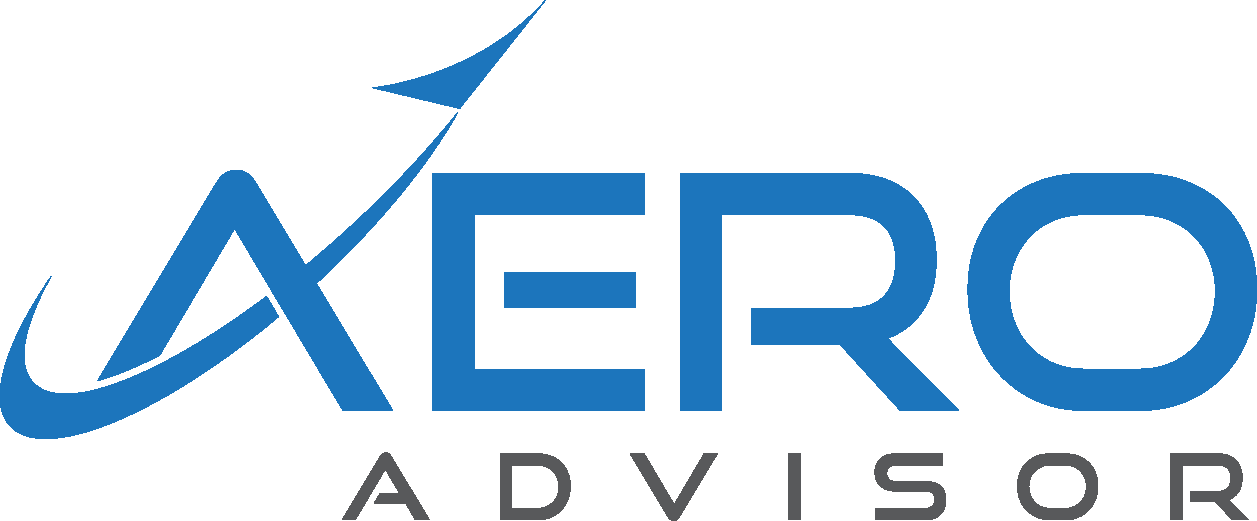For many parents, COVID-19 restrictions resulted in a double-whammy of adjustment both professionally and personally. Along with managing the new normal in their jobs, parents became teachers, tutors, and counselors as they helped their children navigate the virtual classroom environment. Now, with many school districts across the country on a virtual or hybrid model, parents are once again juggling the demands of the virtual schoolhouse with all of their other daily tasks.
How virtual school is changing the home environment.
While the expansion of work-from-home is on track to change the corporate environment permanently in many cases, most parents see virtual school as a temporary response to the pandemic. Still, with some families foreseeing the possibility of another year of online schooling and still others finding that the virtual classroom works better for their children, many families are making long-term changes to facilitate virtual classroom environments.
While some of the changes families are making can be implemented in their existing homes, others may require a move to a new space or even a new market. Here’s what homeschooling parents are looking for now.
More private spaces
While open floorplans remain popular, the rise in work-from-home and online learning has reinforced the need for more private, separate spaces. Buyers may be looking for extra bedrooms, flexible living spaces, multiple home offices, and other areas where they can have the privacy they need for Zoom classrooms and meetings.
Homes with garage apartments, guest or pool houses, or alternate dwelling units are also popular, providing even more privacy and separation. These spaces can be ideal for virtual classrooms, reinforcing the separation between worktime and playtime, school and home for online learning.
Smart home enhancements
The added convenience of smart home features can help enhance the learning environment and the comfort level for students and their parents. Smart outlets, lighting, and temperature controls can help offset the increased power use that comes with multiple home offices, virtual classrooms, and more time spent at home.
Smart home integration can help work-from-home parents run things more efficiently, even as they’re called upon to supervise their children’s study time. In addition, smart appliances and cleaning solutions can offset the additional wear and tear placed on the home environment by the round-the-clock demands of a growing family.
Upgraded tech infrastructure
All of that extra technology requires upgraded wiring and more powerful internet access. Parents may be looking to install multiple modems and routers in order to facilitate seamless streaming and private, dedicated connections. Other homes will benefit from wi-fi boosters in order to carry a signal to those more remote spaces inside and outside the home where virtual learning is taking place.
Convertible spaces
A child attending virtual school in his or her own bedroom may face a host of distractions that make it difficult to stay on task and get work done. Similarly, the siren call of the computer at all hours of the night may make it difficult to get adequate sleep, facilitating late-night Netflix binges.
Spaces that convert for multiple uses may make it easier to set up the virtual classroom in another room of the home, like a little-used formal dining room or guest bedroom. Wall-mounted or mini-office desks can keep the space tidy when it’s not in use for learning. Built-in storage helps to keep schoolwork out of sight and out of mind in the evenings and weekends while making it accessible when the virtual school bell rings.
More outdoor play space
One of the most missed elements of a traditional school day is recess. Having the opportunity to go outside and blow off steam in the middle of the day facilitates learning and teaches the importance of active play. For many parents, then, outdoor activities and a place to run are an important part of a successful virtual classroom environment.
Many buyers may be looking for homes with more outdoor space, private fenced yards, and level greenspace for soccer and games. In addition, sheltered terraces or screened porches offer the opportunity for online students to get some fresh air or a change of scenery, even if the weather is less than ideal.
Recreation options
Many real estate professionals report an increase in interest in luxury estate homes, especially those located in resort areas. This is, in part, due to the availability of recreation options like pools, tennis courts, and basketball courts on the property. These features create opportunities for active play in the absence of school and community sports teams and afterschool programs.
How virtual school could change the real estate market.
Both virtual school and the increasing availability—and long-term viability—of work-from-home options may allow families to give up their need to live in town, ushering in new potential for outlying suburban and rural communities. In addition, young professionals may forego the obligatory post-college move to the city in favor of buying a starter home in a less expensive small town where they can get more for their home buying dollar. This could create a permanent shift in population density as these Gen-Zers marry and have children of their own.
Whether you’re a buyer looking to upsize and create more room for virtual learning in your home or a seller looking to add updates and upgrades suited to buyers with virtual learners at home, it’s important to talk to a real estate professional. Sellers can learn which improvements buyers are asking for, while an agent’s professional network offers trusted resources for home improvement projects, large or small.
1-05153331






